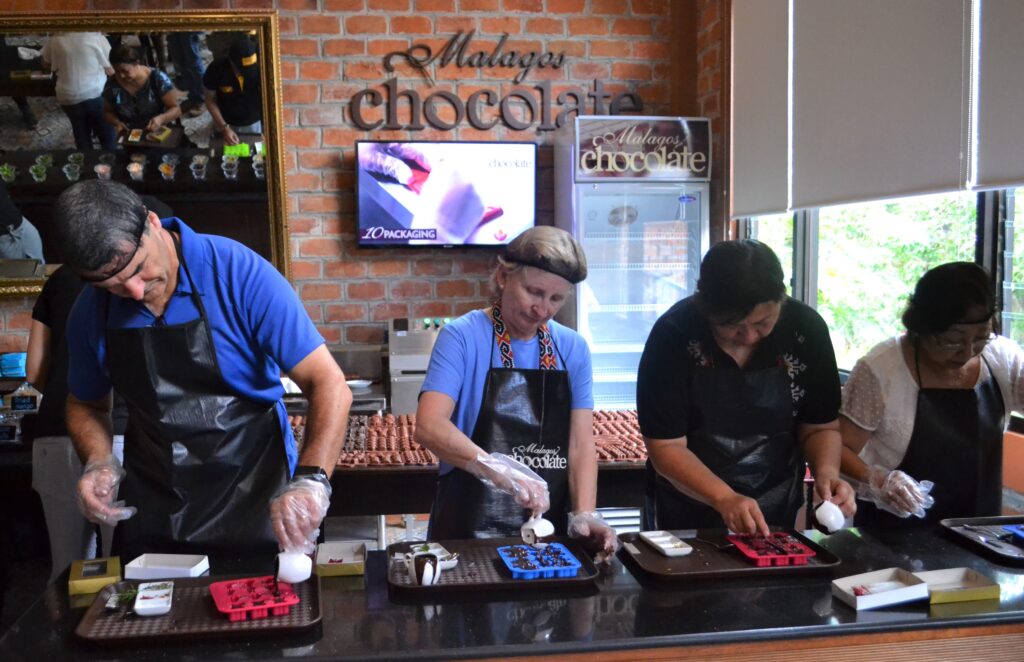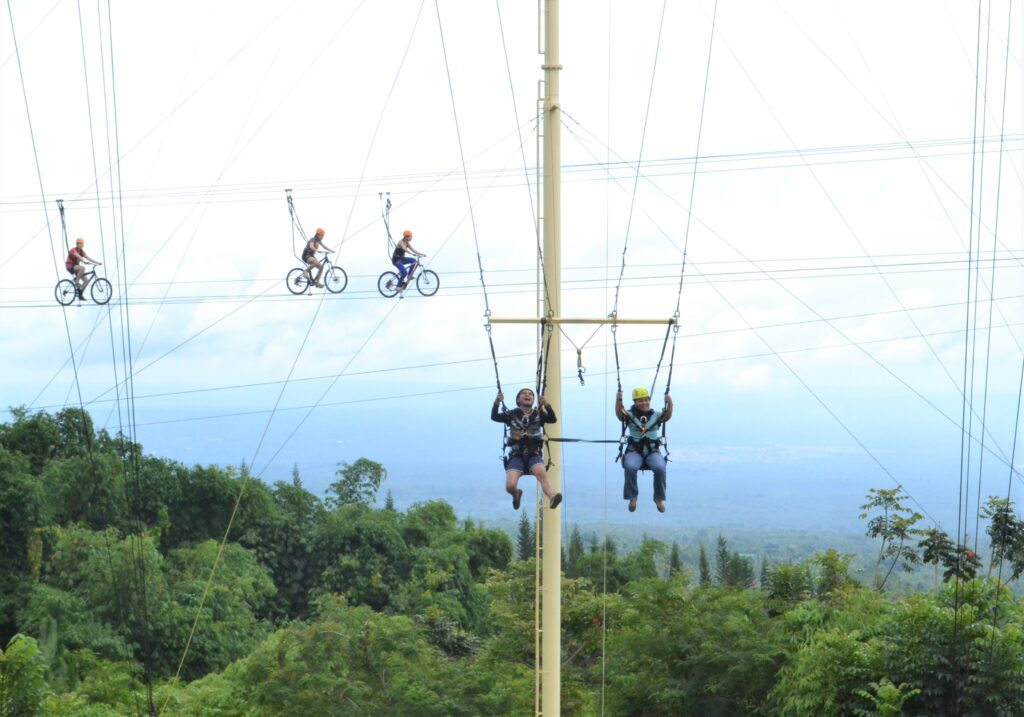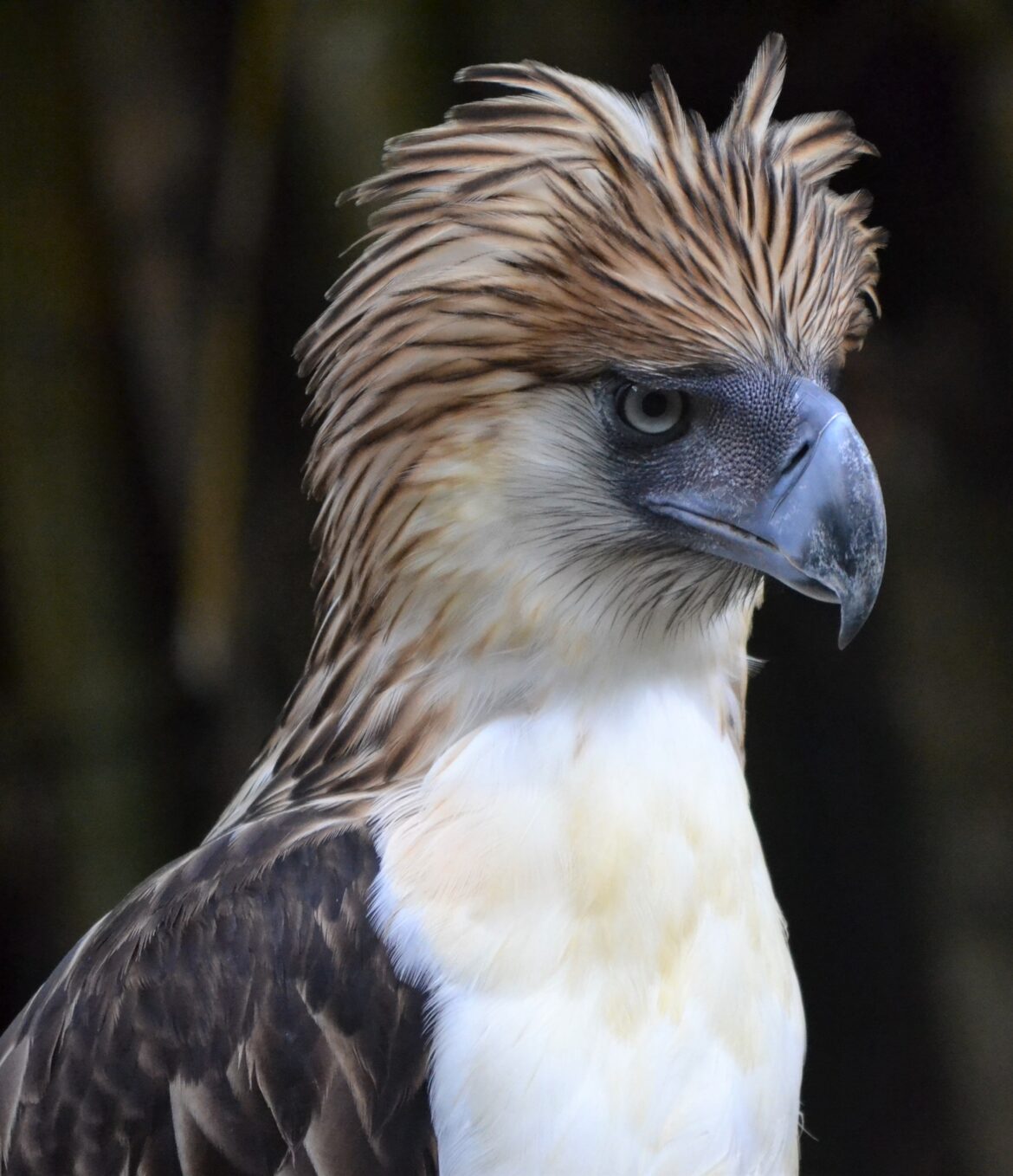Text and Photos by Henrylito D. Tacio
If there’s one city you should not miss visiting in Mindanao, it’s Davao City. A charming destination on the country’s second-largest island, it is aptly described today as “a modern-day Eden” whose natural resources remain unspoiled and bring a lot of promise.
“Davao is a great holiday hideaway, what with its lush greenery and exotic wild flora and fauna that contribute to its picturesqueness,” contends Gregory C. Ira, a Filipino-American who, along with his family, visited the city.
Because this tropical paradise possesses more of everything there is in a country – from its captivating sceneries to its natural resources – Davao is considered as an “instant Philippines.”
With a total land area of 244,000 hectares, Davao City is the country’s largest city in terms of land area. It is approximately 7.8 times the size of Cebu and three times that of the entire Metro Manila.
Davao City is home to more than a million people of different regional origins. Some come from as far as Ilocos in the northern Philippines; others are from Cebu and Iloilo in the Visayas. Bisaya is the main dialect, although English and Tagalog are widely understood and spoken.
Coexisting with these different groups are the Muslims and the indigenous tribes such as the Bagobos, Blaans, Mandayas, Mansakas, and Manobos. The ethnic groups have been credited for giving the city her unique name – from daba-daba, which means “fire.” The name evoked images of tribal wars and rituals along the banks of the Davao River.
Visitors – whether they be foreigners or locals – who come to the city are almost always attracted to the Philippine Eagle Center, located some 30 kilometers northwest from downtown. It is the transient home of the magnificent Philippine eagle (scientific name: Pithecophaga jefferyi), the country’s bird icon. Here, more than a dozen male and female eagles are being induced to breed in captivity.
About a kilometer away from the eagle center is the Malagos Garden Resort. This 12-hectare inland nature theme resort offers visitors a myriad of orchid varieties, exotic plants, and tropical fruit trees, which may be available for picking, and a bird park that houses several endemic species. A bonus: sculptures of Philippine National Artist for Sculpture Napoleon Abueva are scattered all over the resort.

Don’t also miss to go to the Chocolate Museum, where you get to learn some facts about chocolates. You can even make your own chocolate. Davao, by the way, is the Chocolate Capital of the Philippines.
Davao, with its year-round fair climate, is also known for its diverse species of orchids, but more particularly so with the waling-waling (Vanda sanderiana). The mother plant of waling-waling, endemic to the region, was discovered by a German scientist on the slopes of Mount Apo.
With orchids, can fruits be far behind? Davao’s vast agricultural lands are planted to some export-quality fruits. The road to Calinan passes through the fruit-growing districts, where vast plantations, usually of citrus, are found.
In the valleys due north of the city are vast banana plantations; here, the famous Cavendish bananas – 90% of which are exported to Japan and other countries – are produced.
One of the most popular fruits from Davao is the controversial durian. Most people said that durian stinks. It has a repugnant aroma. But to some, its fragrance can be compared to perfume. “It smells like hell but tastes like heaven,” described one foreign scribe.


If your thing is religion, there are several places you can visit. San Pedro Cathedral was declared by the Philippine government as one of the country’s national cultural treasures. The original carvings of the images of saints and the altar decorations are well-preserved despite the many renovations made on the church in the past several years.
In Matina, you can go to the Shrine of the Holy Infant Jesus of Prague. It has an open-air chapel with replicas of the Holy Infant Jesus of Prague and that of Our Lady of Fatima.
The biggest Buddhist temple in Mindanao can be found in Davao City; it is located on Cabaguio Avenue in Agdao District. It is set in an environment of candle trees and bamboo with an imposing statue of the Buddha and his life depicted in wood carving.
Davao City has several museums. One of those you should not miss visiting is D’Bone Collector Museum in Bucana, San Pedro Extension. It is the first and only bone museum in Mindanao, if not the entire country. Among those being displayed are a 41-foot-long sperm whale and bones of a Grizzly bear. Bones and skeletons of snakes, tarsiers, marine turtles, various fish species, different sizes of the mouths of sharks and birds abound. A bonus: you get to meet its curator, Darrell Blatchley, an American who speaks Cebuano well.

If you are interested in something unusual and thrilling, go to Eden Nature Park in Toril. At 2,650 feet above sea level, it offers a breath-taking bird’s-eye view of the city and the Davao Gulf in the distance. But the thing people flock to this area is due to its breathtaking adventures: Sky Biking, Sky Wheel, Sky Swing, and Sky Rider.
End your visit at the People’s Park, a small replica of New York’s Central Park. This is the best place to spend your time at night; affordable eateries are located outside of the park. If you have a problem finding this place, just tell the taxi driver that and he can definitely bring you there.
The simplest way to get around the city is by hopping on a taxi. Unlike in other big cities, drivers in Davao do not normally bargain if they notice that you are a tourist. Hence the cost of the trip is the same in price as a regular. In fact, taxi drivers in Davao are regarded as the most honest taxi drivers in the country. Alternatively, if you opt for more adventure, then do as the locals and catch a colorful jeepney. Simply ask around for which route to take to avoid getting lost.
There is no shortage of accommodations in Davao; among the recommended ones are the Marco Polo Davao on Claveria, the Royal Mandaya Hotel on Ponciano, the Grand Regal Hotel and the Waterfront Insular Hotel on Lanang, and the Apo View Hotel. There are also lodges and inns all around the city.

